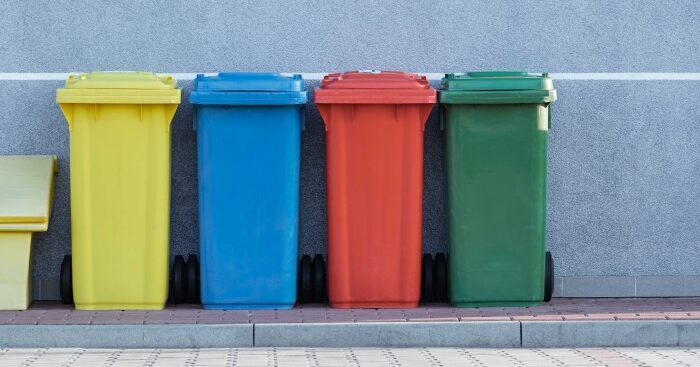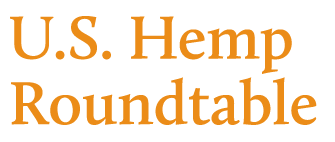Latest
Hemp Transparency: Where Does the Hemp Plastic Go?
PanXchange Blog
Over the last few years, hemp has received plenty of fame for its potential environmental impacts that come from its 2018 legalization. Researchers are continuously taking on the challenge of proving how much water, pesticide, and other ecological requisites it takes for a farmer to cultivate hemp; however, one must not only consider the plant itself but the full lifecycle of the plants’ end product. Once the plant has left the farm, and in this case, turned into hemp plastic, where does it end up?
Some may say it might be too early to ask a nascent and emerging market to shape its sustainability, or is this the appropriate time to mold the hemp industry into one that will be around for generations to come?
Single-Use Plastic
Our day to day habits play into the world around us, but they are often overlooked, from the coffee cup used for your morning iced coffee, the plastic bag holding your leftover foods, the plastic silverware at work, and the list goes on. According to the United Nations #BeatPlastic Initiative, “in total, half of all plastic produced is designed to be used only once – and then thrown away.”
Many are hopeful when turning their attention to hemp plastic, and yes, there are a lot of benefits that come from this switch. For more details about the types of hemp plastics and their uses, see this recent article from our friends at Cannabistech. However, not only do we need to reduce the amount of plastic produced by switching to alternatives like biodegradable hemp plastic, but it is also critical to understand the transparency of how our plastic waste is managed.
Market Value of Recyclable Hemp Plastics
One may separate their trash from recyclables, but once the waste management company comes and takes it all away, do you ever stop to consider where it’s gone? Even with our best intentions, there is little transparency in knowing where it all ends up as the UN reported that “only 9% of all plastic waste ever produced has been recycled”. In comparison, “79% has accumulated in landfills, dumps or the natural environment.”
Hemp plastic is no different, it might be easy to recycle, but there is little market transparency in knowing where it will end up.
Market Value of Biodegradable Hemp Plastics
According to the Global Markets and Technologies for Bioplastics Report, “the global bioplastic market should reach 2.7 million metric tons by 2023 from 1.6 million metric tons in 2018 at a compound annual growth rate (CAGR) of 11.7% for the period 2018-2023.” The market is out there, and people are willing to make the switch to biodegradable products that breakdown quickly through natural processes.
Nonetheless, how do these biodegradable hemp plastics break down? As reported by the Hemp Mag, “for bioplastics to rapidly biodegrade, they must be placed in industrial-scale composters under specific pressure and heat. These composters degrade material within 180 days, but unfortunately are uncommon in the United States and often become contaminated with non-compostable plastics.” For this reason, even if the biodegradable hemp product is in existence, to truly make a sustainable difference, there are systemic issues at hand that need to be addressed.
What’s Next for the Hemp Industry?
The goal of this piece is certainly not to deter your thoughts on this subject, but instead turn to it with a critical eye. Consider the full lifecycle of the product, not just the plant itself, but where and how it will end up after it’s intended use. There are a lot of positive developments in the hemp industry, and without a doubt, biodegradable hemp plastics is one of them.
The hemp industry has the potential to push further than just the production of the hemp plastics, but begin questioning and shifting the waste management systems as a whole to ensure the full intentions of using biodegradable hemp plastics are met.









